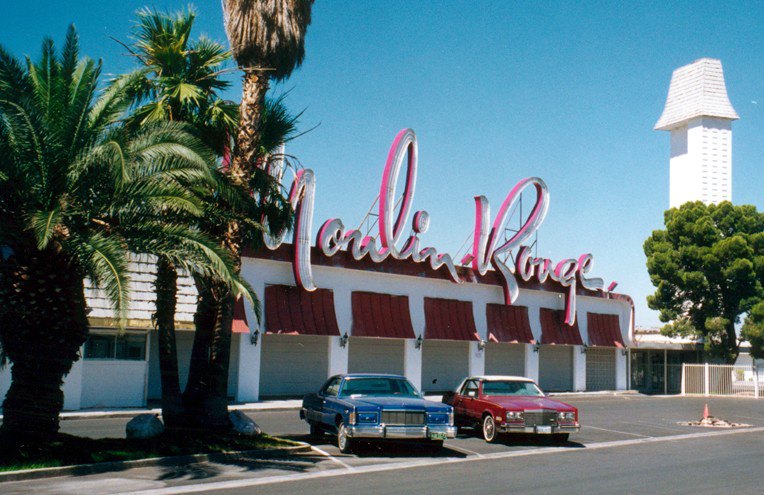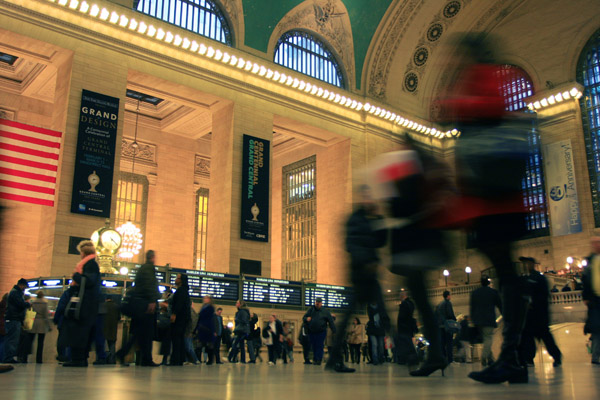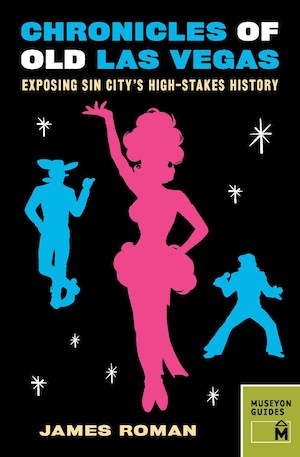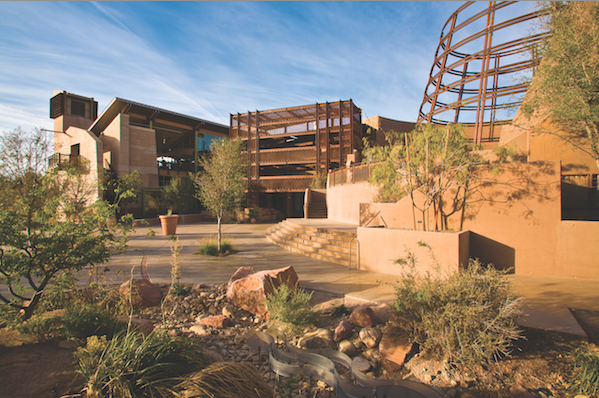
Back when the Jim Crow laws had a hold on Nevada, Las Vegas was a separate and segregated community, divided by a railroad that split the city in two: east and west. The east prospered with the energetic casinos and clubs that would eventually give Las Vegas its fun-loving reputation while the Westside acquired the unflattering nickname of “Ragtown,” known as a dirt-poor shantytown. But as the Hoover Dam underwent construction, African Americans migrated to the dessert looking for work and were forced to reside, quite literally on the other side of the railroad tracks, within the boundaries of the depressing shantytowns. Even as the black population grew in Las Vegas, the “No Colored Allowed” sign could be seen on every roaring casino and club along and around the main streets of Las Vegas on the east side. Even black entertainers who performed in the Vegas casinos were not permitted to stay in the hotels where they performed, including the great Sammy Davis Jr. and Louis Armstrong. Nat King Cole, who headlined at the whites-only Thunderbird Hotel, could not even eat dinner in the dining room, until an enraged Frank Sinatra threatened to have the entire dining staff fired if Cole could not join him at dinner in the Garden Room at the Sands hotel.
Unwanted at whites-only hotels, the Westside decided to open up a real resort on “the other side of the tracks.” It would cost $3.5 million and be 11,000 square feet larger than the Flamingo. And so, on May 24, 1955, The Moulin Rouge opened with Joe Louis welcoming its guests. The first integrated hotel and casino resort was an instant triumph, being featured on the cover of Life magazine and embracing black superstars such as Louis Armstrong, Pearl Bailey and Nat King Cole, as well as white performers including Frank Sinatra, Liberace, and Bob Hope. Its success, however, was not measured in the number of people that came marching through its doors, but for the monumental role it had in ending segregation in Las Vegas. Made a National Landmark for its impact on this key moment in history, the Moulin Rouge unfortunately shut down once people began to flock from the west to the more elaborate east-side resorts after the desegregation of Las Vegas. After suffering three fires in four years, the historic Moulin Rouge was finally demolished in 2010. It’s famous sign rests in peace at the Neon Museum’s Neon Boneyard. — Nicole Ellul
 MUSEYON BOOKS Smart City Guides for Travel, History, Art and Film Lovers
MUSEYON BOOKS Smart City Guides for Travel, History, Art and Film Lovers


